Why You Can’t Just Throw Expired Medications in the Trash
You open your medicine cabinet and find a bottle of painkillers from last year’s flu, an old antibiotic, maybe a patch you never used. It’s tempting to toss them in the trash or flush them down the toilet. But doing that puts your family, your neighbors, and the environment at risk.
Every year in the U.S., over 60,000 children end up in the emergency room after accidentally swallowing medications left lying around. Around 9.9 million people misuse prescription drugs - and many of those pills come from home medicine cabinets. Even worse, pharmaceuticals are showing up in rivers, lakes, and drinking water. The U.S. Geological Survey found traces of medications in 80% of U.S. streams. That’s not just a problem for fish - it’s a problem for us.
Flushing isn’t the answer, unless it’s one of the 15 specific drugs on the FDA’s official flush list (like fentanyl patches or oxycodone). For everything else, there’s a better, safer way.
The Gold Standard: Use a Drug Take-Back Program
The safest way to get rid of expired meds? Take them to a collection site. These are run by the DEA and available year-round at pharmacies, hospitals, and police stations.
CVS and Walgreens both have drop-off kiosks in most of their stores - over 3,900 and 1,492 locations respectively. You can drop off pills, patches, and capsules. No need to remove them from the original bottle. Just bring them in, hand them over, and walk away.
Take-back programs destroy medications through high-temperature incineration, which neutralizes 99.8% of the drugs. That’s the closest thing to a perfect solution. And they’re free. No receipts, no questions asked.
If you’re not sure where to go, use the DEA’s online locator tool. Just type in your zip code and it shows nearby sites. In 2022, Americans dropped off over 1 million pounds of unused meds during National Prescription Drug Take Back Day alone.
But here’s the catch: not everyone lives near a drop-off point. Rural areas have far fewer options. If you can’t get to a site within a week, the FDA says it’s okay to dispose at home - but only if you do it right.
How to Dispose of Medications at Home (Step by Step)
If you can’t make it to a take-back location, here’s the FDA’s official home disposal method - proven, simple, and effective.
- Take meds out of their original bottles. Don’t flush them. Don’t crush them. Just empty the pills, capsules, or patches into a bowl.
- Mix them with something unappealing. Use one cup (240 ml) of used coffee grounds, cat litter, or dirt. This makes the mixture look and smell disgusting - no one’s going to dig through it. For liquid meds, mix with flour or powdered detergent to thicken them.
- Seal it in a leak-proof container. Use a resealable plastic bag (at least 2-mil thick) or an empty margarine tub. Make sure it won’t leak or burst in the trash.
- Black out your personal info. Use a permanent marker to cover your name, prescription number, and pharmacy details on the empty bottle. Don’t just scribble - cover it completely. This stops identity thieves and curious kids.
- Put it in the trash. Not the recycling. Not the compost. Regular household trash, on collection day. That’s it.
This method doesn’t destroy the drugs - it hides them. And that’s enough. The goal isn’t to chemically break them down. It’s to make them unattractive and inaccessible.
What You Should Never Do
There are a few common mistakes that can make disposal worse - not better.
- Don’t crush pills. Unless you’re using a special product like DisposeRx, crushing can release dust or powder into the air. That’s dangerous if you’re breathing it in, and it doesn’t stop someone from collecting the pieces.
- Don’t flush unless it’s on the FDA list. Only 15 medications are safe to flush. The rest can contaminate water. Check the FDA’s current flush list before you do anything.
- Don’t pour liquids down the sink. Even if it’s water-soluble, it still ends up in the water system. Mix liquids with absorbent material first.
- Don’t recycle the bottle. Even if it’s plastic, the label might still have your info. Plus, pharmacies don’t recycle them. Trash it after you black out the label.
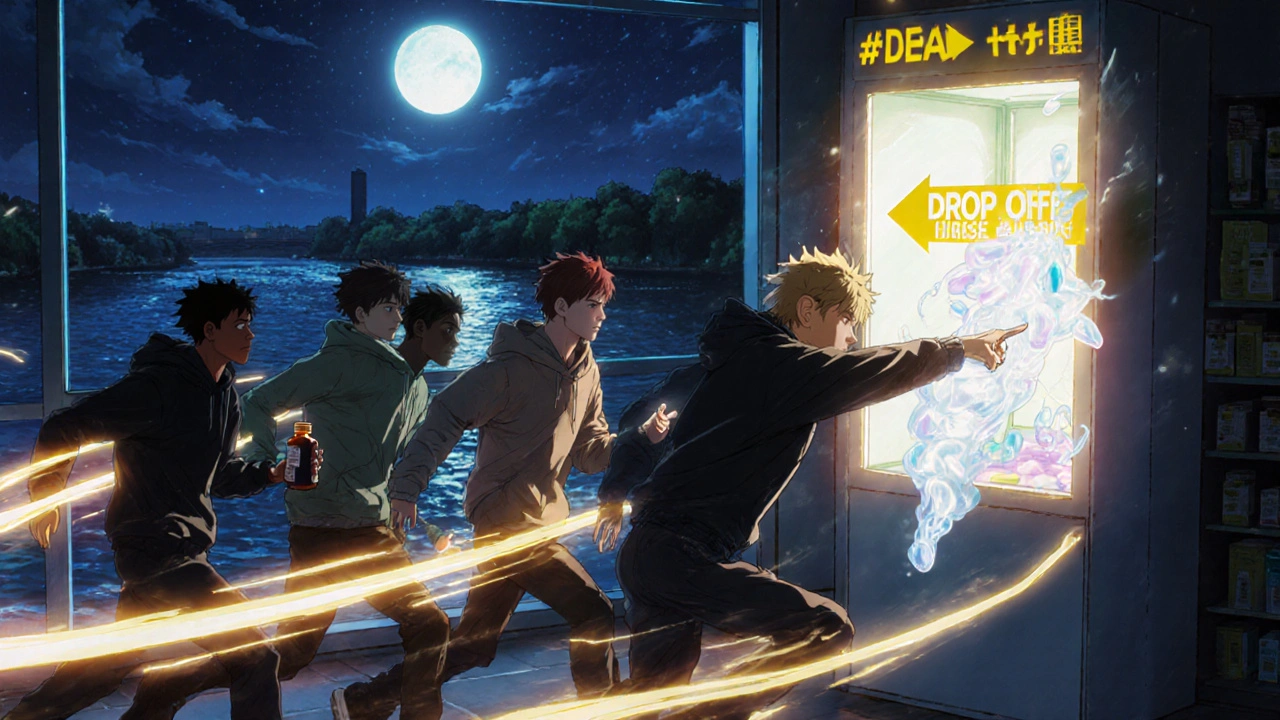
Special Cases: Needles, Inhalers, and Insulin
Some medications need extra care.
Needles and sharps: Never toss them loose in the trash. Use a hard plastic container like an empty laundry detergent bottle (1mm thick or more). Seal it with heavy-duty tape. Label it “SHARPS - DO NOT RECYCLE.” Many pharmacies give these containers for free. Walgreens provides them at 89% of locations.
Inhalers: These are pressurized. If crushed in a trash compactor, they can explode. Don’t throw them in the trash. Take them to a medical waste facility or a take-back event. Some cities have special drop-offs for aerosols.
Insulin and other temperature-sensitive drugs: These can leak or spoil. Mix them with coffee grounds or cat litter immediately after removing them from the fridge. Seal them tightly. The cold doesn’t matter once they’re mixed - it’s the containment that counts.
What About Mail-Back Kits?
Companies like DisposeRx sell prepaid envelopes you can mail back your meds in. You order one online or pick one up at your pharmacy. You put your meds inside, seal it, and drop it in the mailbox.
They work well - 98.5% of meds are neutralized. But they cost $2.50 to $5 per envelope. That’s fine if you’re disposing of a few pills, but not cost-effective for a full cabinet. They’re great for seniors or people without cars, though.
Over 42,000 U.S. pharmacies now offer these kits. CVS and Walgreens carry them. Check with your pharmacist.
How to Make This Easier: Build a Disposal Kit
Don’t wait until you have expired meds to figure this out. Prepare ahead.
Keep a small box or drawer with:
- A permanent marker
- A few resealable plastic bags (2-mil thickness)
- A small container of used coffee grounds (store them in a jar)
- A spare plastic container (like an empty peanut butter jar)
The National Association of Boards of Pharmacy found that people who keep a disposal kit make 64% fewer mistakes. It takes two minutes to set up. Do it now.
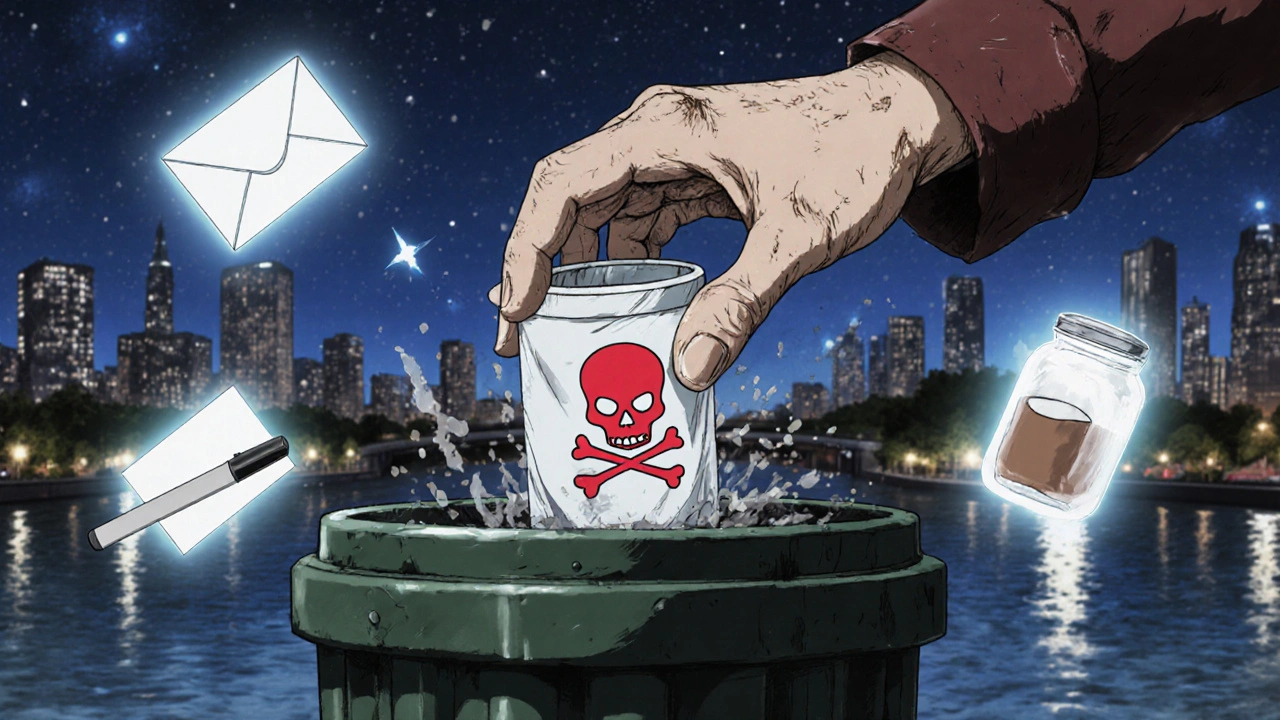
What Happens After You Dispose of Them?
When you drop meds at a take-back site, they go to a licensed incinerator. The heat breaks down the chemicals into harmless gases and ash. The ash is then buried in a secure landfill.
When you use the home method, the mixture ends up in a regular landfill. Studies show that 15-20% of pharmaceuticals can still leak out over time - but mixing with coffee grounds or cat litter reduces that risk by over 80% compared to tossing pills in the trash bare.
It’s not perfect. But it’s the best option most people have.
What’s Changing in 2025?
The rules are getting stricter - and better.
In 2025, new federal legislation will require all prescription bottles to include disposal instructions right on the label. Right now, most don’t. That’s going to change.
The FDA is also launching a mobile app to help you find nearby drop-off sites in real time. Beta testing started in March 2023 with over 12,500 users. It should roll out fully in 2025.
And more states are making drug manufacturers pay for disposal programs. Twenty-seven states are working on laws that force pharmacies and drug companies to fund take-back boxes and mail-back kits. That means more access, less cost to you.
Final Thoughts: It’s Not Perfect - But It’s Your Responsibility
Disposing of expired meds isn’t glamorous. It’s not something you talk about at dinner. But it’s one of the simplest, most powerful things you can do to protect your family and your community.
Take-back programs are the best. Use them whenever you can.
If you can’t, follow the five-step home method. Use coffee grounds. Cover the label. Seal it tight. Trash it.
Every pill you dispose of properly is one less pill that could end up in the wrong hands - or the wrong river.
Can I flush expired medications down the toilet?
Only if they’re on the FDA’s official flush list - which includes only 15 specific drugs like fentanyl patches and oxycodone. For everything else, flushing contaminates water supplies. Always check the current list on the FDA website before flushing.
What if I don’t have coffee grounds or cat litter?
Use dirt, sawdust, or powdered detergent. The goal is to make the mixture unappealing and unrecognizable. Avoid sugar, salt, or flour alone - they can still look like medicine. Mix with something thick and dark.
Can I recycle the empty pill bottles?
No. Even if they’re plastic, most recycling programs don’t accept them because of contamination risk and leftover medication residue. Remove the label completely with a permanent marker, then throw the bottle in the trash.
Is it safe to mix medications together before disposal?
Yes. Mixing different pills together in the same container with coffee grounds or cat litter is safe and recommended. You don’t need to separate them by type. Just make sure the mixture is thick and unrecognizable.
How often should I clean out my medicine cabinet?
Do it twice a year - once in spring and once in fall. Check expiration dates, remove any pills you no longer use, and dispose of them properly. This prevents clutter and reduces the risk of accidental use or misuse.
What should I do if a child swallows a medication?
Call Poison Control immediately at 1-800-222-1222. Don’t wait for symptoms. Even if the pill looks harmless, some medications can cause serious harm in small doses. Keep this number saved in your phone.

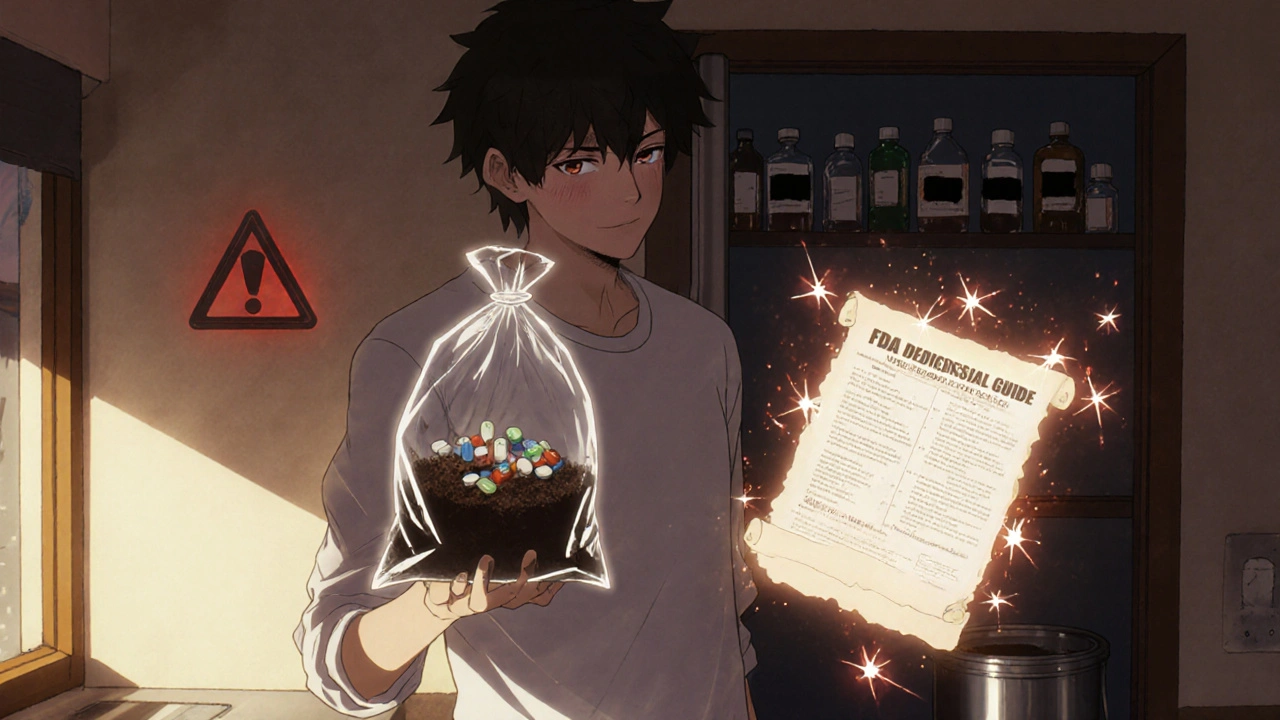
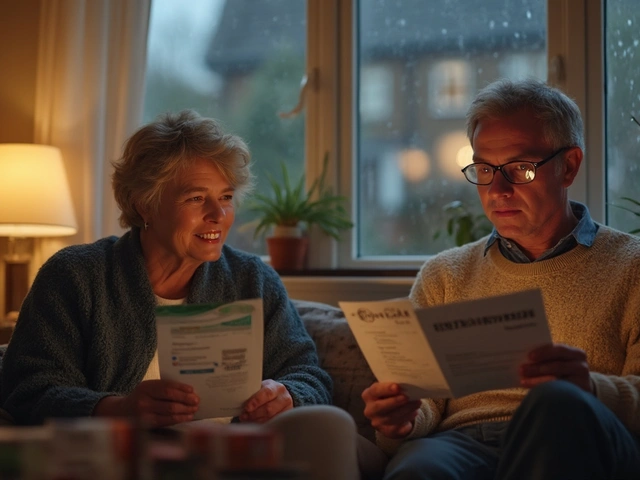
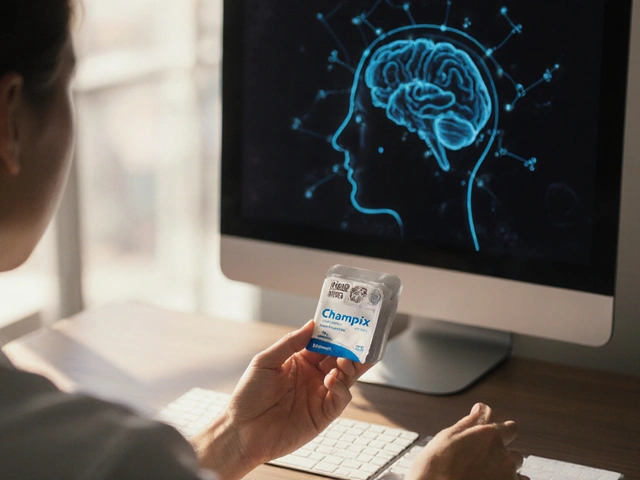
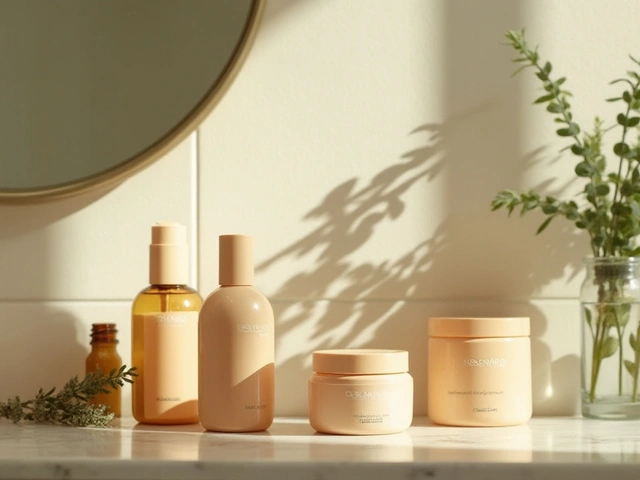


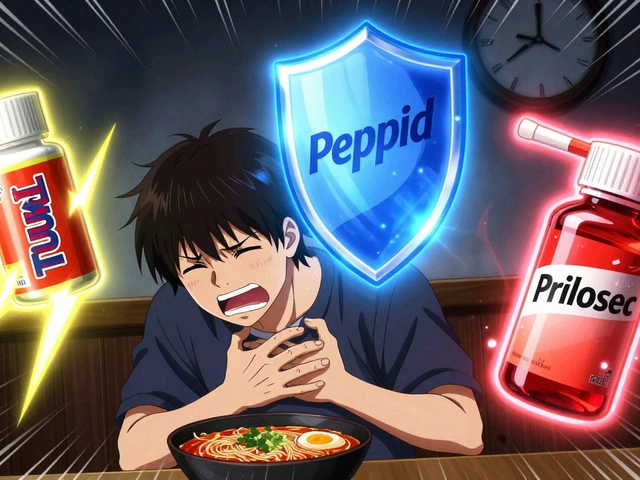
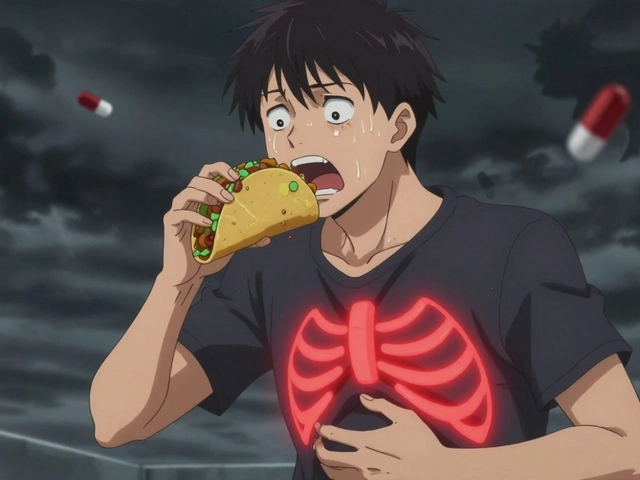
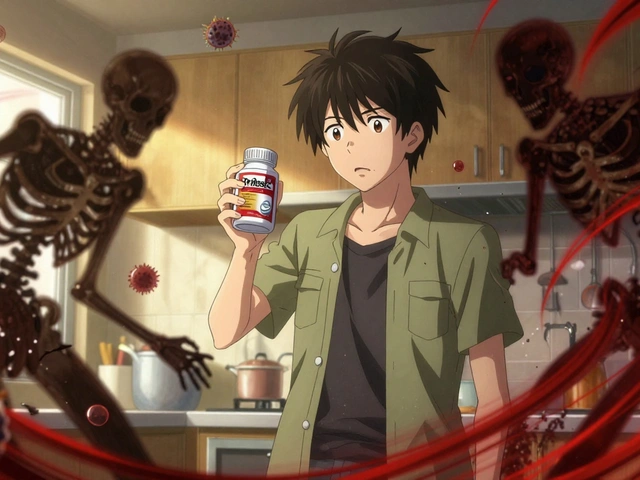
I’ve been using the coffee grounds method since last year after reading this guide. Seriously, it’s so easy. I keep a jar of used grounds in my pantry just for this. Also, I mark the bottles with a Sharpie until they’re unreadable - no more identity theft worries. Took me 5 minutes to set up and now I never hesitate to clean out my cabinet.
YASSS. This is the kind of post that makes me wanna hug the internet. 🤗 I used to flush everything like a wild person until I found out my cat’s litter box was basically a pharmaceutical buffet. Now I’m the neighborhood disposal queen - I hand out ziplock bags and markers like candy at Halloween. Let’s make this a habit, not a chore!
Okay, but can we talk about how ridiculous it is that we have to do this ourselves? Drug companies make billions off these pills, then dump the responsibility on us like we’re janitors. I’m all for disposal, but the real fix is holding manufacturers accountable. 27 states are starting to force them to fund take-backs - that’s the real win. We shouldn’t be the ones carrying the weight of their profit model.
sooo i just threw my old pills in the trash last week 😅 i didnt know about the coffee grounds thing… but now i feel bad. also i only covered half the label. oops. anyone else just wing it until they read a post like this? lol
Thank you for this comprehensive and thoughtful guide. The five-step home disposal method is not only practical but also deeply responsible. Many people overlook the importance of obscuring personal information on prescription bottles - a critical step in preventing identity fraud. I’ve shared this with my elderly neighbors, and they’ve begun keeping disposal kits in their medicine cabinets as well. Small actions, collective impact.
just mix it with cat litter and toss it. done. why is this even a thing?
I used to think this was just about safety - until I realized it’s also about dignity. That bottle of pills? It was meant to heal someone. Throwing it away carelessly feels like disrespecting the intention behind it. Mixing it with coffee grounds? That’s not just disposal. It’s ritual. It’s saying: ‘I see you. I honor you. I won’t let you hurt anyone else.’
And yeah, the system’s broken. But if we can’t fix it yet, we can at least bury our medicine with care. That matters.
¯\_(ツ)_/¯
So we’re supposed to mix pills with cat litter now? Next they’ll tell us to wear gloves while breathing. Meanwhile, my local pharmacy’s drop box is closed on weekends and only open 3 hours a day. ‘Take-back program’ is a luxury for people who don’t work 60-hour weeks and live 40 miles from the nearest town. This guide is cute. Reality? Not so much.
As someone who grew up in rural Alaska, I can tell you - take-back sites are a myth out here. The nearest one’s a 6-hour drive. So yeah, we use the coffee grounds method. I even got my whole village doing it. We call it ‘The Alaska Protocol.’ One guy uses moss. Another uses ground-up dried salmon. Weird? Maybe. Effective? Absolutely. The point isn’t perfection - it’s participation. And if we can make this a cultural norm, even in the most remote places, that’s the real win.